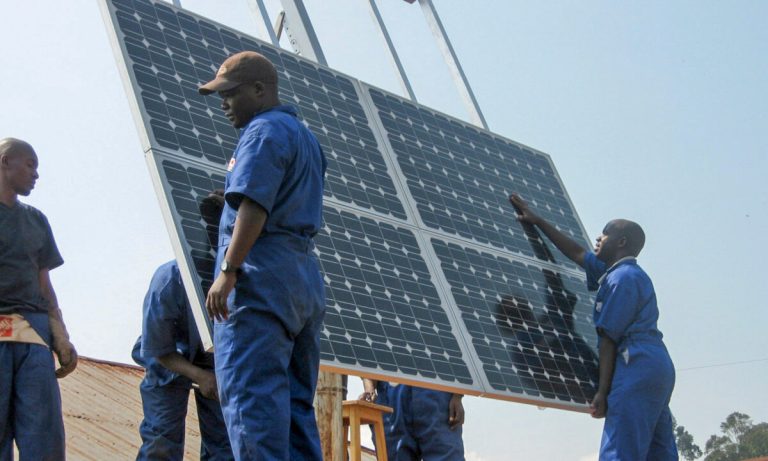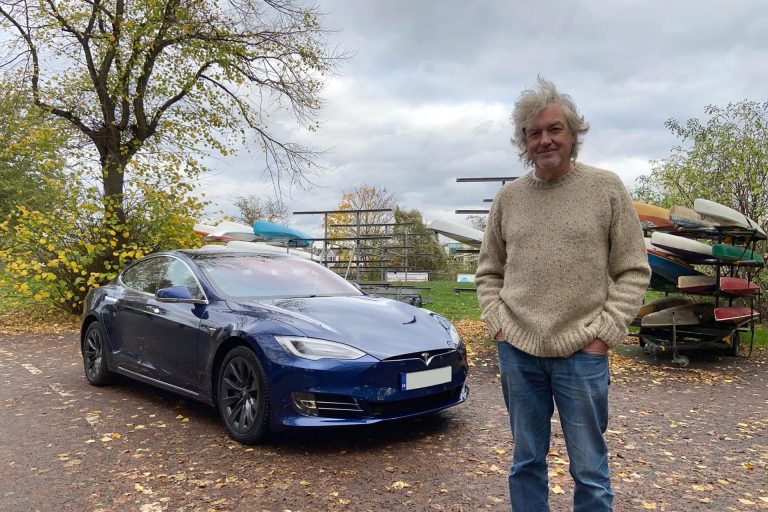28M EV Chargers Needed to Achieve U.S. National EV Charging Network by 2030

With the rapid adoption of electric vehicles (EVs) across the U.S., and the Biden’s Administration’s push to increase sustainability in transportation through various policies and incentives, the country is setting its sights on another major project that could transform transportation within the country – a nationwide EV charging network that will make convenient, reliable, and affordable charging accessible to all Americans.
Aided by advanced data models and high-performance computing, plans for the national EV charging network are now taking shape, courtesy of The National Renewable Energy Laboratory (NREL).
Who is NREL?
NREL is a U.S.-based research organization funded primarily by the U.S. Department of Energy’s Office of Energy Efficiency and Renewable Energy.
What does NREL do?
NREL’s mission is to advance the understanding and deployment of renewable energy technologies, energy efficiency, and sustainable transportation solutions. The laboratory conducts research, development, and analysis in various areas, including renewable power generation, energy systems integration, transportation and mobility, energy efficiency, and sustainable materials.
The organization plays a critical role in providing scientific expertise, conducting cutting-edge research, and developing innovative solutions to accelerate the transition to a clean energy future. It collaborates with industry, academia, government agencies, and other research institutions to drive advancements in renewable energy technologies and support the development of a sustainable energy system.
To build an EV charging network start with data
“The 2030 National Charging Network study ties together two of the administration’s priorities: building a national EV charging network and working toward the 2030 goal for the majority of all new car sales to be battery-electric vehicles,” said Gabe Klein, executive director of the Joint Office. “It’s a framework for what is needed nationally, in terms of the types of charging required, their number, and where those chargers should go.”
NREL has been using various digital tools to assess EV charging needs in the U.S. A major study from the organization provides a quantitative assessment of the requirements for a national charging network capable of supporting the anticipated growth of EVs on American roads. It aligns with the ambitious federal clean energy policies, commitments from automakers to transition to zero-emission vehicles, and the increasing consumer demand for EVs.
NREL’s, “The 2030 National Charging Network: Estimating U.S. Light-Duty Demand for Electric Vehicle Charging Infrastructure,” study is a collaboration between NREL, the Joint Office of Energy and Transportation, and the U.S. Department of Energy’s Vehicle Technologies Office.
The findings of the study will support the Joint Office’s mission to deploy a network of EV chargers, zero-emission fueling infrastructure, and zero-emission transit and school buses across the country. As the Joint Office works with all 50 states, Washington, D.C., and Puerto Rico to develop state- and community-level plans for EV charging infrastructure, the study’s insights will contribute to the vision of achieving widespread electric mobility.
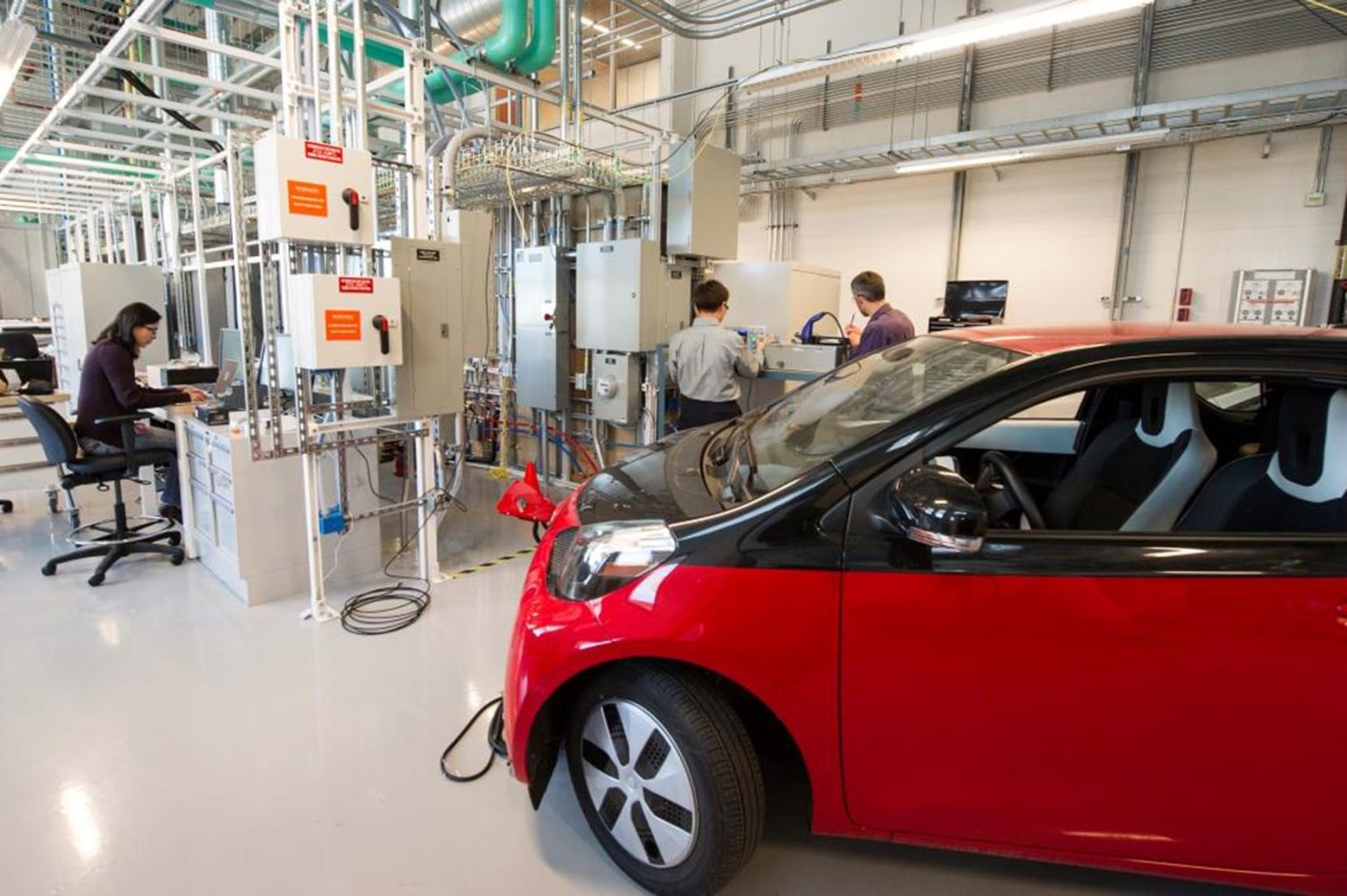
Estimating the charging infrastructure needs of an entire nation required NREL researchers to analyze a vast amount of data. The study’s framework offers an unprecedented level of detail, considering different adoption scenarios and accounting for factors such as travel patterns, energy requirements, climate variations across the company, and charging preferences across the United States.
For example, EV drivers in very hot climates, like Arizona, and in very cold climates, like North Dakota, may both see their cars’ charging speeds and range impacted by climate. Drivers living in areas with more EVs, like Southern California, may have to grapple with busier charging stations. The researchers even factor in bad EV charging etiquette. For example, delays the occur at charging stations when drivers neglect to unplug and move a fully charged car.
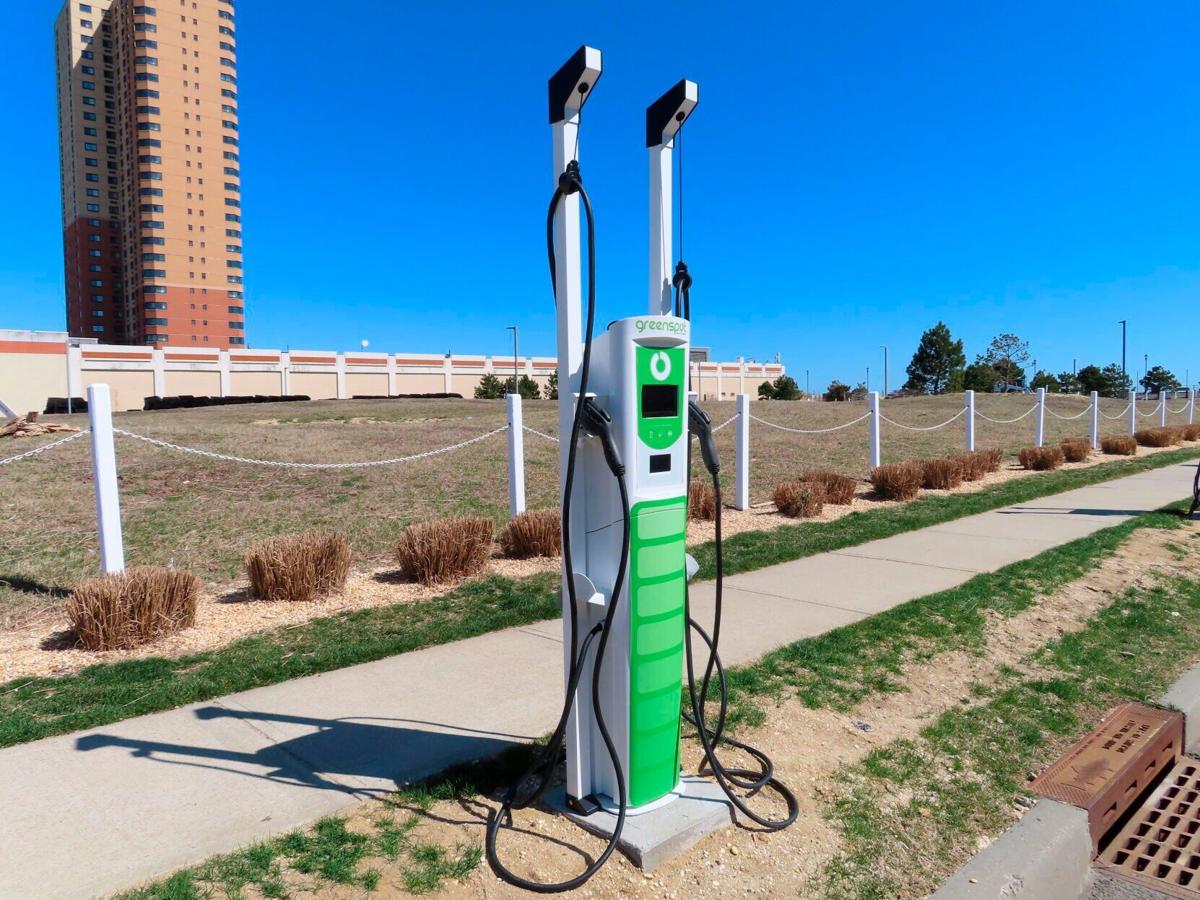
The study’s key findings provide valuable guidance for building the future U.S. EV charging network:
The U.S. will need millions of EV chargers to support millions of EVs
To support a moderate adoption scenario of 33 million EVs on American roads by 2030, the country will need approximately 28 million charging ports.
NREL estimates that 182,000 publicly accessible DC fast charging ports will be necessary to facilitate long-distance travel, electrification of ride-hailing services, and provide charging options for those without access to residential charging.
An estimated 1 million Level 2 charging ports should be installed at publicly accessible locations such as high-density neighborhoods, office buildings, and retail outlets.
EV home charging is key to U.S. EV charging infrastructure
A significant portion of the charging infrastructure, around 26 million ports, should be installed at privately accessible locations, including single-family homes, multifamily properties, and workplaces.
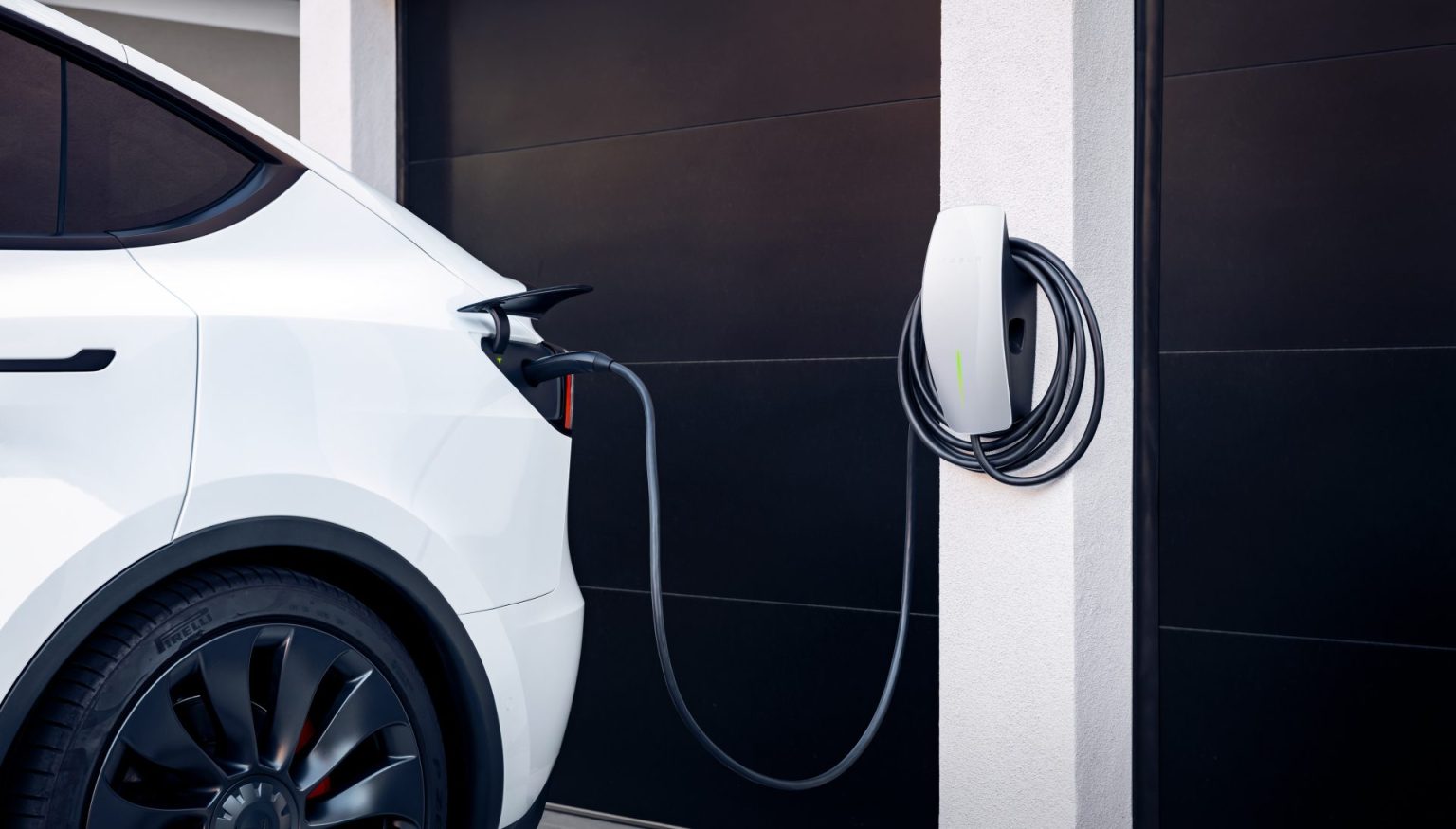
Public and private sector collaboration are key to success
The study’s findings are encouraging for the future of electric mobility (e-mobility). With a rising interest in electric vehicles among American drivers, significant investments are being made in national EV infrastructure. Key stakeholders, including automakers, charging providers, local governments, utility companies, retailers, real estate developers, and private firms, can utilize the insights from the 2030 National Charging Network report to guide their infrastructure investments and meet the growing demand for EVs.
As the nation moves forward, the availability of region-specific data from the study will assist states and communities in tailoring their EV charging infrastructure plans to suit their unique needs. By using this detailed analysis, cities can make informed decisions and strategically invest in the necessary infrastructure to support widespread EV adoption.
According to Eric Wood, Senior EV Charging Infrastructure Researcher at NREL, the study provides a clear understanding of the requirements for building the EV charging network of the future. “At the same time, the study reinforces the notion that we’re going to need to continue to work together—both public and private entities—to build the national network that we’ll need for 2030 and beyond.”, he said.
More From hub.cleanearth.io




